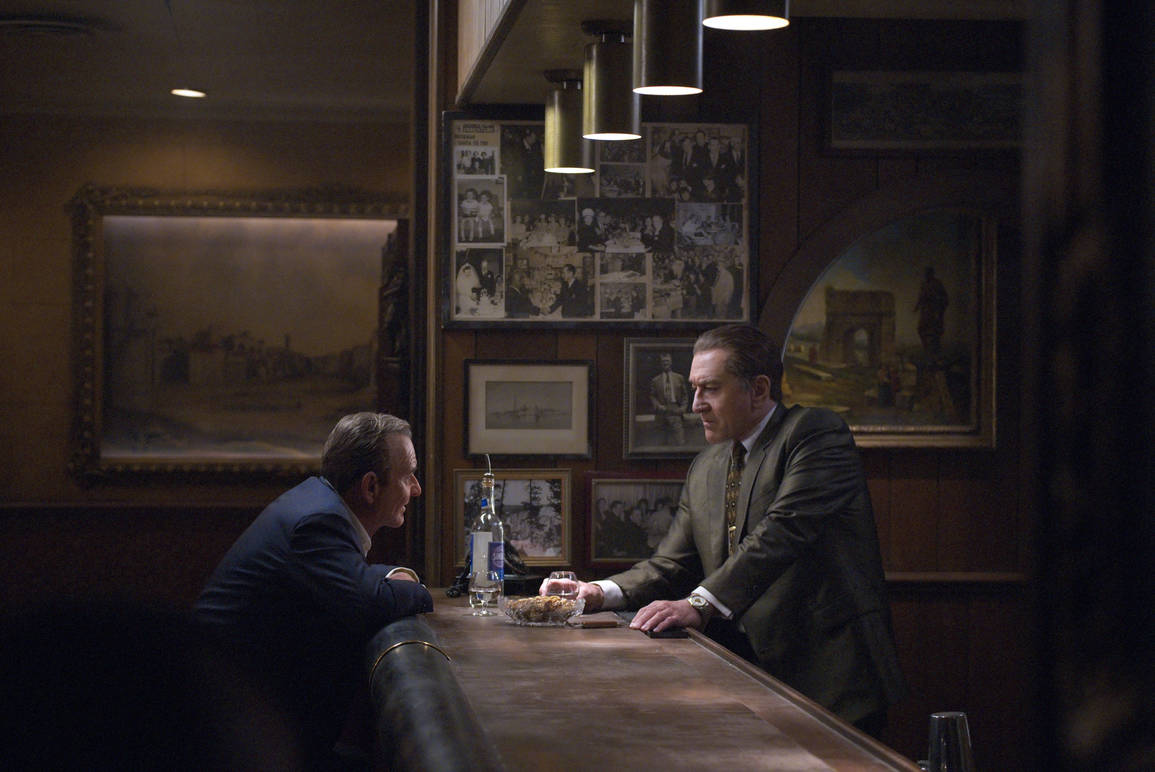Confronting the Taboo of Mortality in Scorsese's Irishman
Scorsese and De Niro are once again together after having collaborated in numerous films, among them Taxi Driver and Mean Streets, and with Pesci in Raging Bull and Goodfellas, just to cite a few. “But it was in 1995, after Casino, that Robert De Niro and I started working on finding an emblematic figure to describe in depth the climate of organized crime and corruption that reigned in the US after the war, when bosses had infiltrated lobbies, the government, and big companies,” Martin Scorsese stated in a press conference.
The Irishman is destined to become part of cinematic history. And yet, Scorsese was not sure he would be able to make the movie. “The film was rejected by Hollywood studios before we obtaining financing from Netflix and developed the technology needed to make De Niro, Pacino and Pesci look 30 years younger.” It took a camera and software system developed by ILM, able to capture the actors’ expressions next to other characters on set, without having to make any visible marks on their faces, and make them look younger thanks to their computerized 3D versions.
The story takes place between 1949 and 2000, with a series of flashbacks and time jumps. Scorsese is quite familiar with the world of the Irishman, which in his words, “I’ve already dealt with in The Departed, Goodfellas, Casino and Mean Streets. Even in Raging Bull there are elements tied to organized crime."
The story takes place in this type of environment but the difference with the other films is in the point of view. “Talking about the mafia’s golden age through the life of a hitman has in fact given me the opportunity to observe the characters in their humanity,” the director comments. “The relationships between the protagonists, Frank Sheeran/De Niro, Russell Bufalino/Joe Pesci and Jimmy Hoffa/Al Pacino, and their environment are at the core of the plot. This triangle is the most beautiful thing about the story, these three men and the classical saga of loyalty, brotherhood and betrayal.”
Irishman was conceived as a reflective film, a film with older protagonists. “This way I was able to broach the theme of mortality, of the end of life, its concrete and imminent presence. A taboo subject with which we still struggle to come to terms.”




































i-Italy
Facebook
Google+
This work may not be reproduced, in whole or in part, without prior written permission.
Questo lavoro non può essere riprodotto, in tutto o in parte, senza permesso scritto.